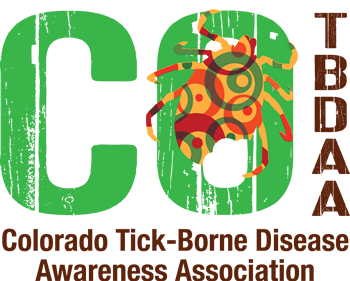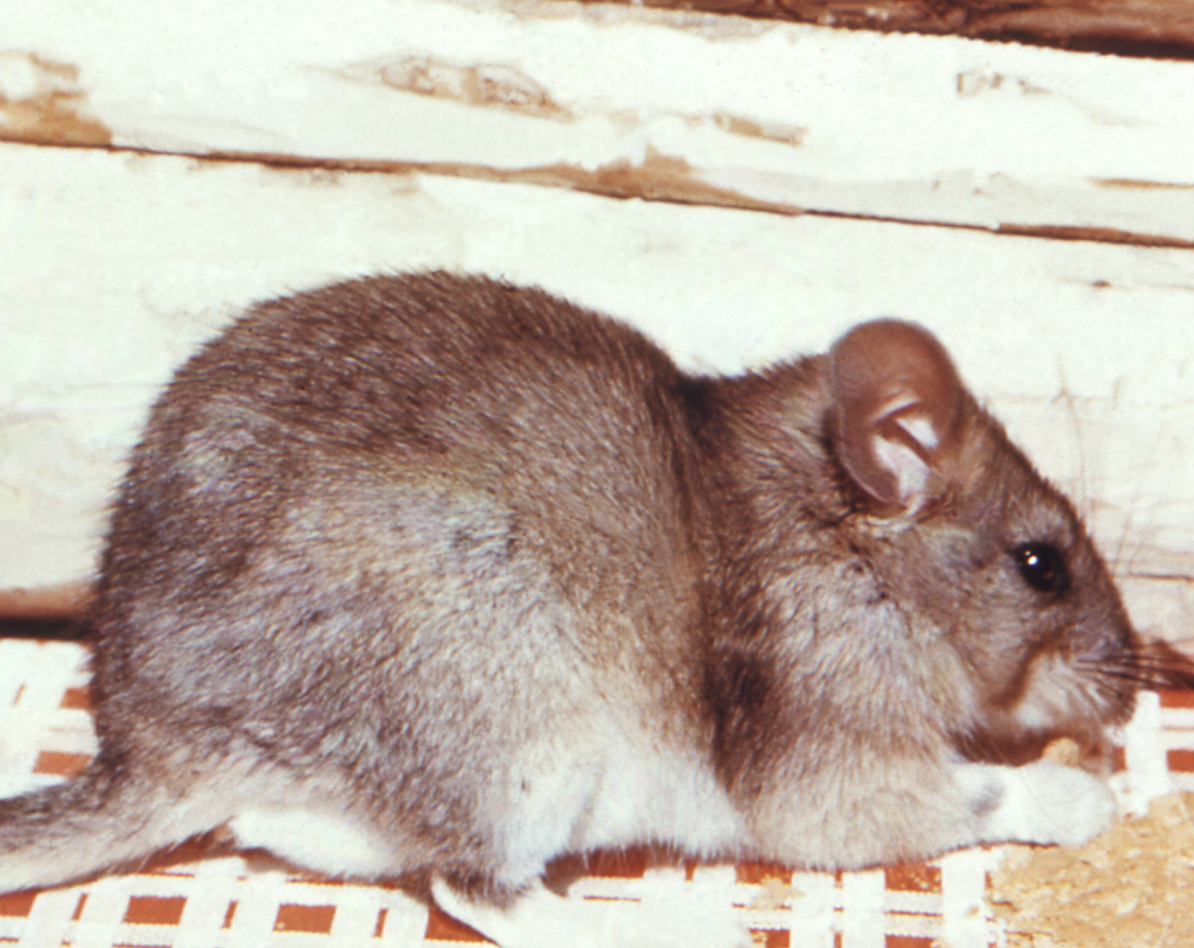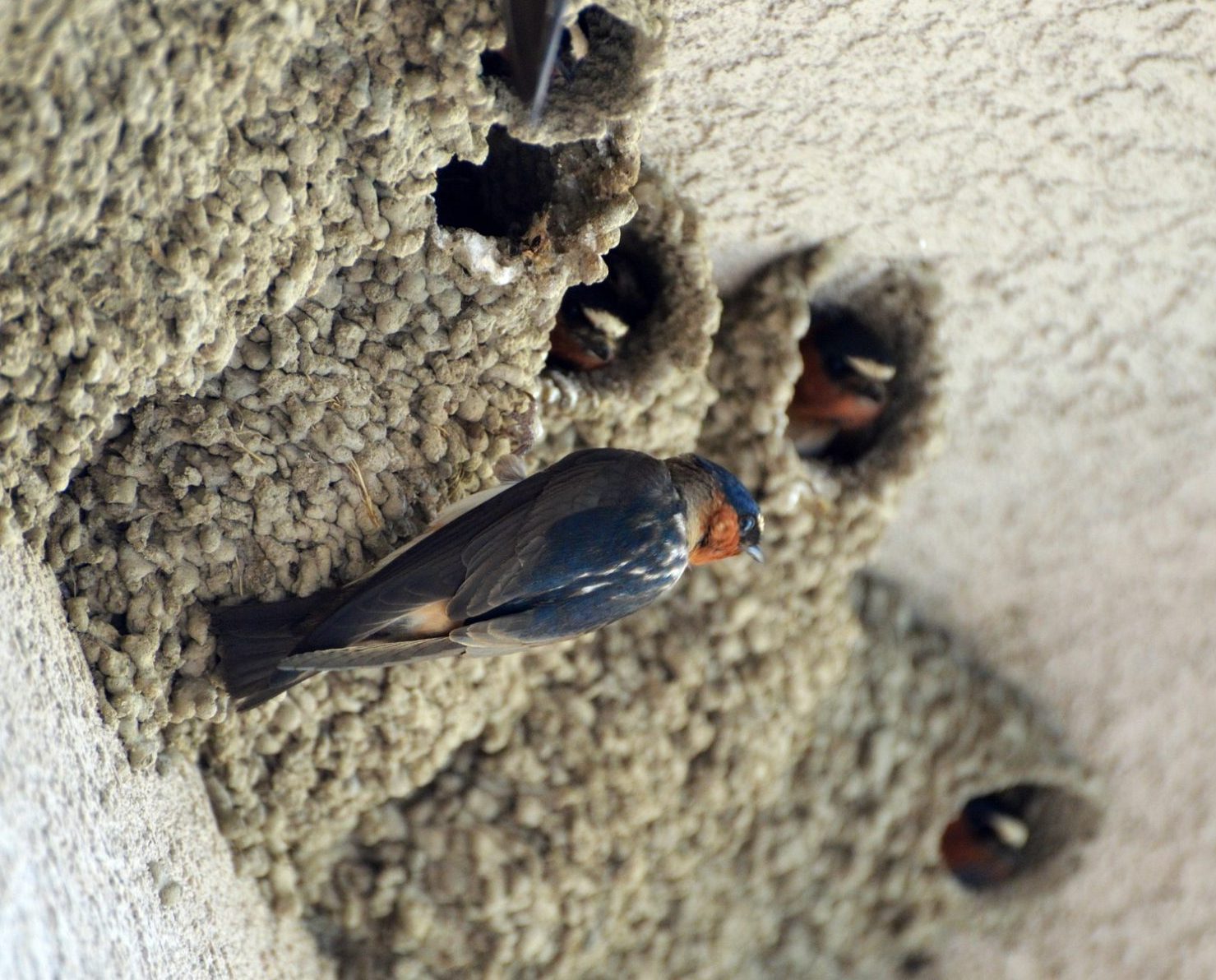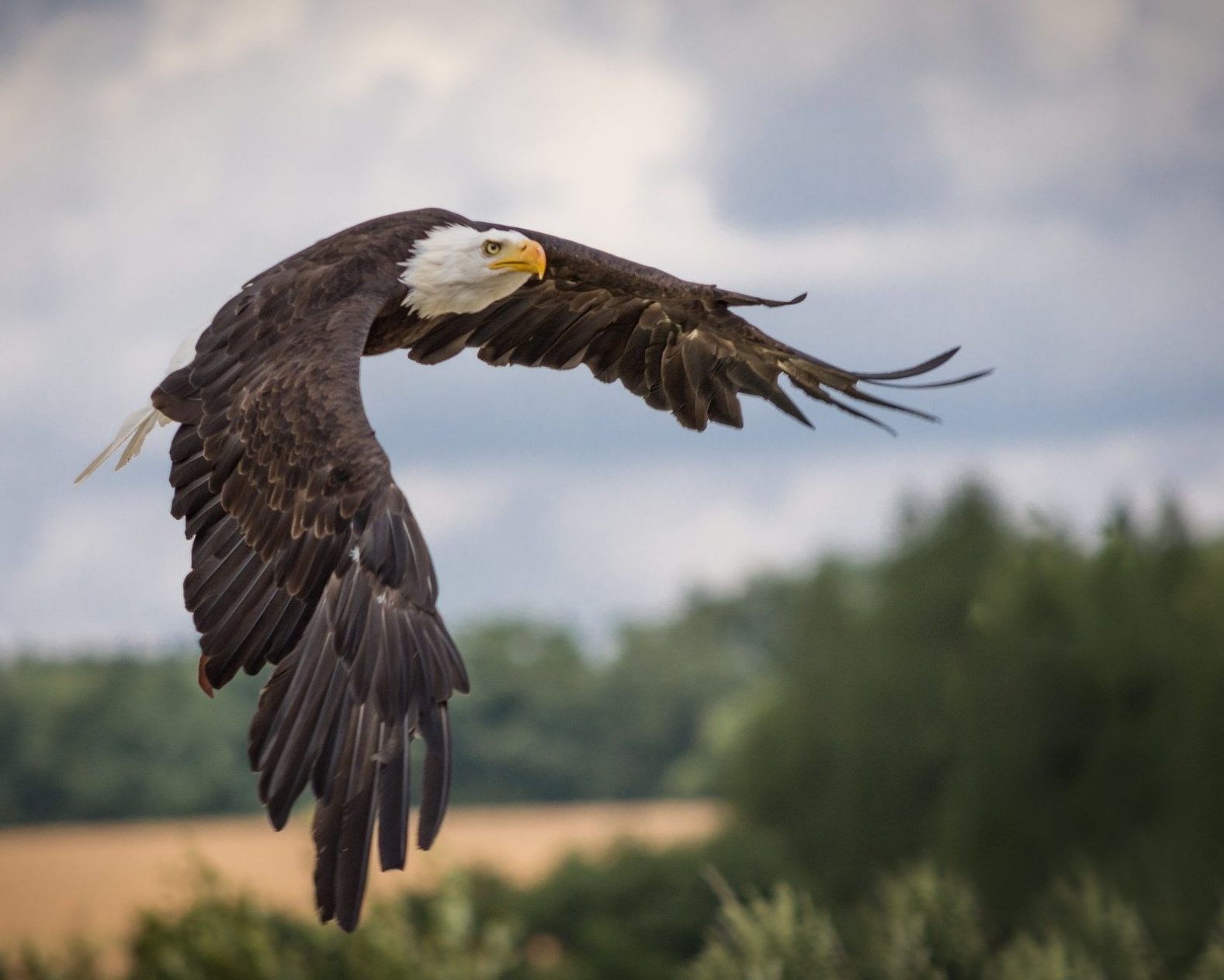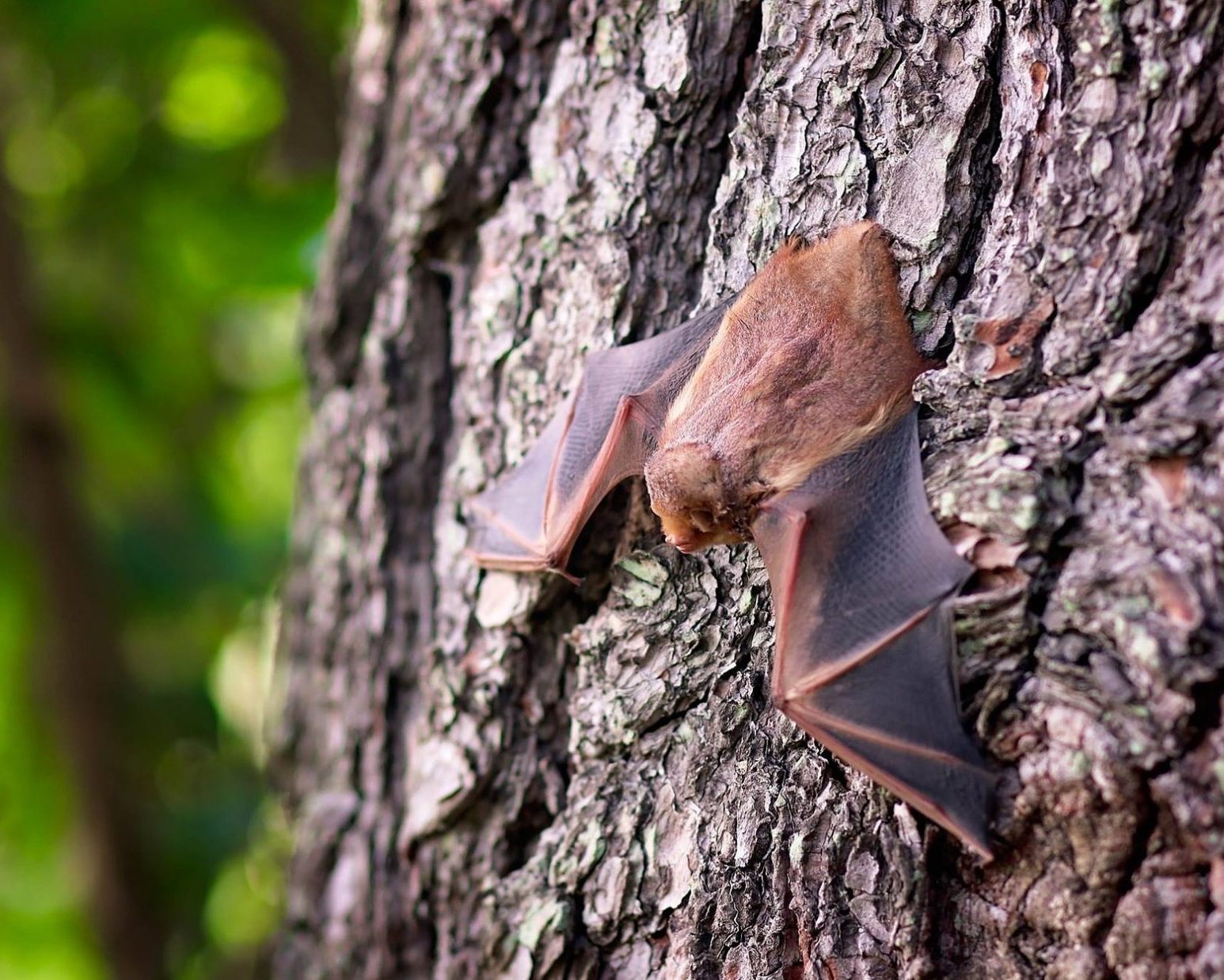Ixodes ochotonae
[vc_row][vc_column width="2/3"][vc_column_text] Ixodes ochotonae Distribution The geographic distribution of I. ochotonae in the USA includes CA, CO, ID, MT, NV, UT, WA, and WY; in Canada, British Columbia and Saskatchewan. Hosts Hosts include primarily pikas and woodrats, but also chipmunks, pocket gophers, voles, and native mice. Vector Status Anaplasma phagocytophilum DNA has been detected in Ixodes ochotonae ticks from California. Resources H Joel Hutcheson, James W Mertins, Boris C Kondratieff, Monica M White, Ticks and Tick-Borne Diseases of Colorado, Including New State Records for Argas radiatus (Ixodida: Argasidae) and Ixodes brunneus (Ixodida: Ixodidae), Journal of Medical Entomology, , tjaa232, https://doi.org/10.1093/jme/tjaa232[/vc_column_text][/vc_column][vc_column width="1/3"][vc_single_image image="6175" img_size="full" alignment="center" onclick="link_image"][/vc_column][/vc_row]...
